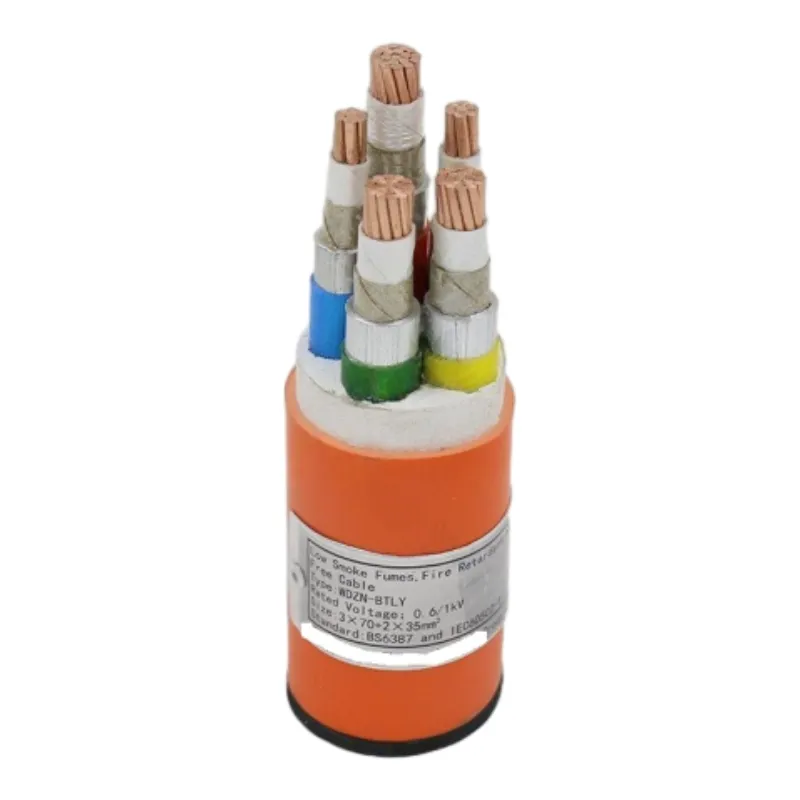Nov . 06, 2024 03:22 Back to list
concentric lug type butterfly valve
Concentric Lug Type Butterfly Valve An Overview
The concentric lug type butterfly valve is a pivotal component in modern fluid control systems, widely utilized across various industries such as water treatment, chemical processing, and HVAC systems. Its design features a lightweight, compact structure that facilitates efficient operation and maintenance, making it a popular choice among engineers and operators alike.
A concentric lug type butterfly valve operates with a disc that is mounted on a shaft in the center of the valve body. This configuration allows for smooth opening and closing actions, which can be achieved with minimal torque. The valve’s body is typically formed from high-quality materials, including cast iron, stainless steel, or plastic, ensuring durability and resistance to corrosion, which is crucial in harsh environments.
One of the most significant advantages of concentric lug type butterfly valves is their versatility
. They can be utilized in both on-off and throttling applications, making them suitable for a wide range of flow control scenarios. Additionally, their simple design allows for quick installation and easy handling, resulting in reduced labor costs and time during setup.concentric lug type butterfly valve

The lug design of these valves enhances their capability to withstand mechanical stress. Lugged valves can be bolted directly to pipelines, providing additional support and ensuring a secure connection that can handle high pressure and temperature fluctuations. This feature is particularly beneficial in systems where maintenance access is limited, as it allows for the removal of the valve without disturbing the piping system.
Another noteworthy aspect of concentric lug type butterfly valves is their ability to maintain a tight seal. The valve disc features an elastomeric seat, which helps minimize leakage when the valve is closed—an essential requirement in applications where fluid conservation is critical. Moreover, this design not only prevents fluid loss but also protects the valve components from wear and tear caused by environmental factors.
In terms of operation, these valves can be manually actuated or automated with pneumatic and electric actuators. The choice of actuator depends on the specific needs of the application, including response time, control precision, and automation requirements. This flexibility further enhances the appeal of concentric lug type butterfly valves, allowing them to adapt to various operational demands.
In conclusion, the concentric lug type butterfly valve represents a blend of efficiency, reliability, and versatility in fluid control. Its robust design and excellent performance characteristics make it an indispensable tool in many industrial applications. As technology advances, these valves will continue to evolve, further enhancing their capabilities and solidifying their position as a favored choice among engineers and industry professionals worldwide. Whether for new installations or retrofitting existing systems, the concentric lug type butterfly valve remains a key player in the field of fluid management.
Share
-
Reliable Wafer Type Butterfly Valves for Every IndustryNewsJul.25,2025
-
Reliable Flow Control Begins with the Right Ball Check ValveNewsJul.25,2025
-
Precision Flow Control Starts with Quality ValvesNewsJul.25,2025
-
Industrial Flow Control ReliabilityNewsJul.25,2025
-
Engineered for Efficiency Gate Valves That Power Industrial PerformanceNewsJul.25,2025
-
Empowering Infrastructure Through Quality ManufacturingNewsJul.25,2025